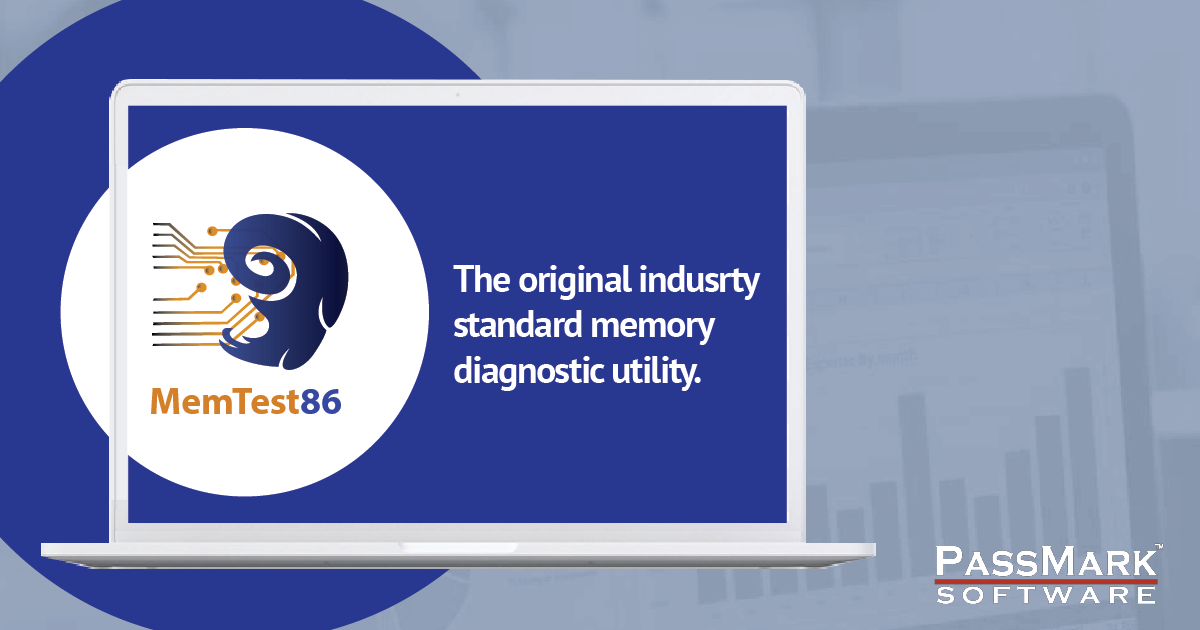I need some recommendations for a massive PC system diagnostic tool.
I would like a tool which can do all of the following in one long test.
Test all drives for bad sectors.
Test the overall drive performance for mechanical malfunctions.
Test the power supply for low or irregular voltage.
Test RAM for dead or malfunctioning address ranges.
Test the BIOS and boot sector.
Test the Windows image for missing critical updates, services registry entries.
Test complete motherboard diagnostics.
Basically my problem is as follows:
SYMPTOMS:
This is my third PC build and it has performed perfectly for about five years.
but now strange things are starting to happen.
Applications which use to run perfectly such as Visual Studio 2017 are now taking minutes to load a project.
Operations in Visual Studio which use run fine are taking longer such as builds and opening files.
Booting the entire PC is now failing at different points.
Sometimes the boot does not even make it into the BIOS,
but freezes with a black screen and a flashing cursor in the far upper left corner.
Sometimes the boot makes it through the ASUS Bios screen into the Windows boot graphic,
but freezes when the little Windows icon is displayed.
After five or six attempts I can usually get it to boot completely.
Operations which require little or no disk access such as surfing the web run fine and are not impacted.
Anything requiring disk access is slower or freezes.
PLAN:
Normally when this happens to a five year old build I simply rebuild the entire PC from scratch using the same case.
However, I can't afford to do that at the moment.
So I need to somehow locate the guilty component(s).
My experience in the past is that a bad power supply can impact everything,
so currently there is no way for me to know if the problem is with the power supply,
disk drive(s), RAM, CPU , or simply the CPU to Socket connection, etc.
I'm looking for a big diagnostic tool that can test everything and give me some clue as to which component should be replaced.
Many thanks for any ideas.
I would like a tool which can do all of the following in one long test.
Test all drives for bad sectors.
Test the overall drive performance for mechanical malfunctions.
Test the power supply for low or irregular voltage.
Test RAM for dead or malfunctioning address ranges.
Test the BIOS and boot sector.
Test the Windows image for missing critical updates, services registry entries.
Test complete motherboard diagnostics.
Basically my problem is as follows:
SYMPTOMS:
This is my third PC build and it has performed perfectly for about five years.
but now strange things are starting to happen.
Applications which use to run perfectly such as Visual Studio 2017 are now taking minutes to load a project.
Operations in Visual Studio which use run fine are taking longer such as builds and opening files.
Booting the entire PC is now failing at different points.
Sometimes the boot does not even make it into the BIOS,
but freezes with a black screen and a flashing cursor in the far upper left corner.
Sometimes the boot makes it through the ASUS Bios screen into the Windows boot graphic,
but freezes when the little Windows icon is displayed.
After five or six attempts I can usually get it to boot completely.
Operations which require little or no disk access such as surfing the web run fine and are not impacted.
Anything requiring disk access is slower or freezes.
PLAN:
Normally when this happens to a five year old build I simply rebuild the entire PC from scratch using the same case.
However, I can't afford to do that at the moment.
So I need to somehow locate the guilty component(s).
My experience in the past is that a bad power supply can impact everything,
so currently there is no way for me to know if the problem is with the power supply,
disk drive(s), RAM, CPU , or simply the CPU to Socket connection, etc.
I'm looking for a big diagnostic tool that can test everything and give me some clue as to which component should be replaced.
Many thanks for any ideas.


